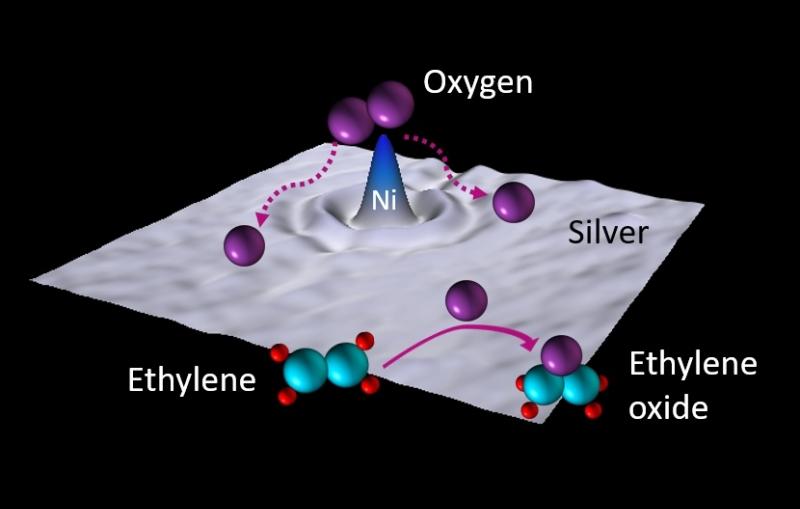
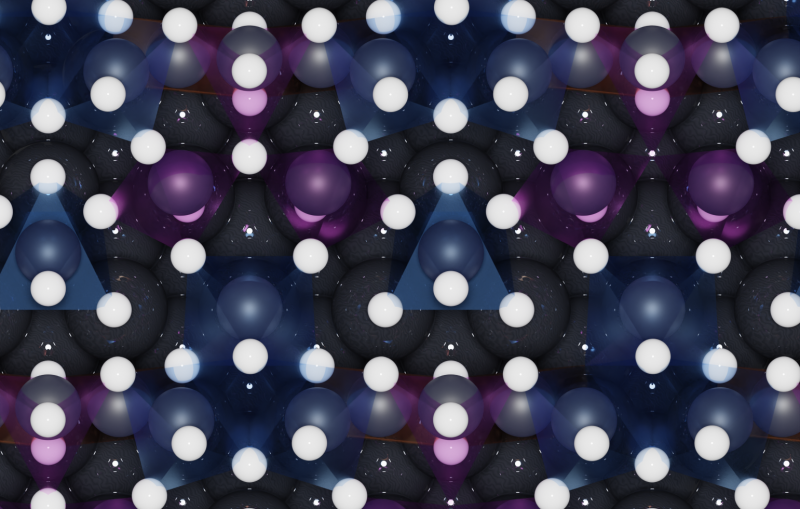
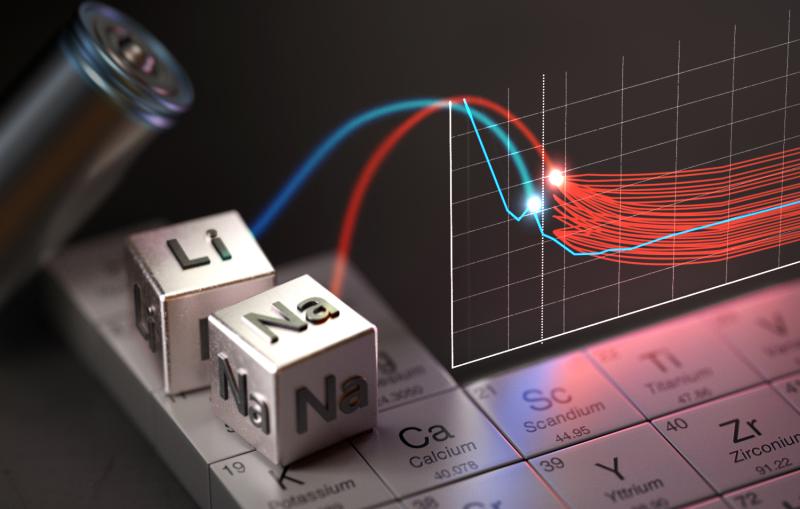
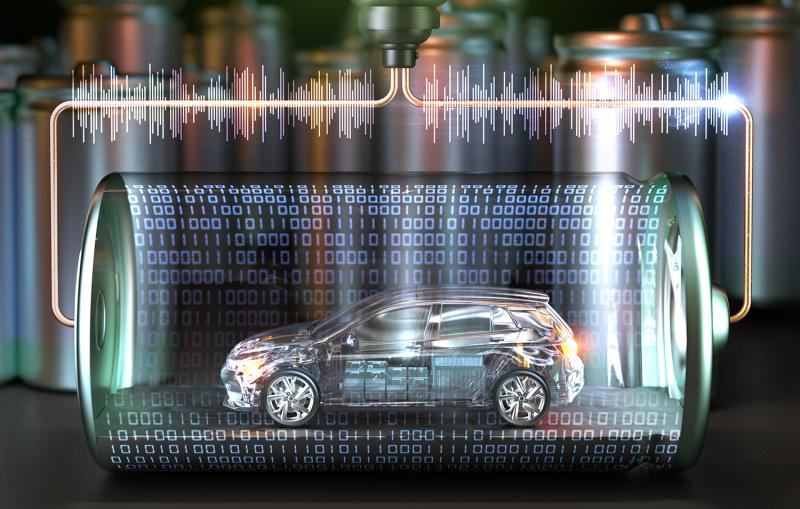
News Feature
Argonne National Lab
A new era for batteries: Argonne leads $50M sodium-ion innovation push
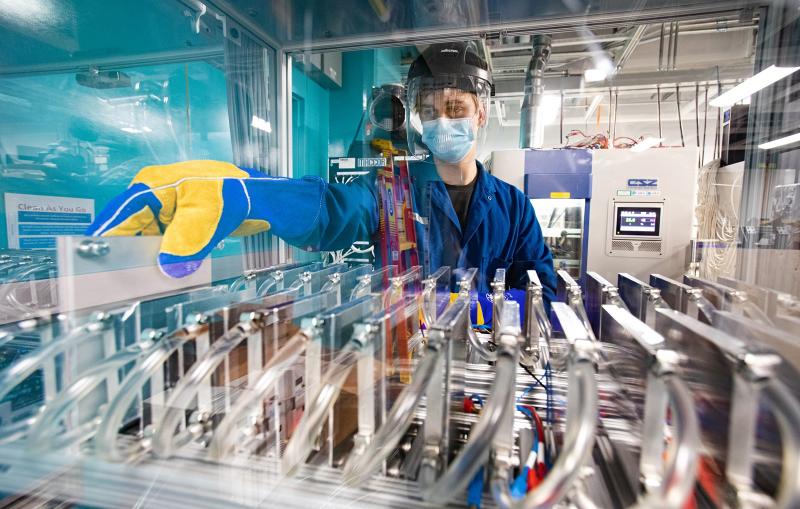
News Feature
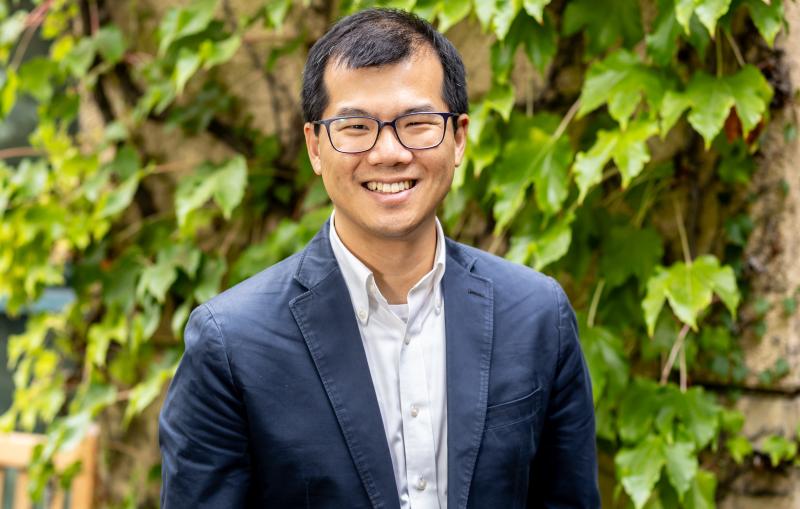
One of the most urgent challenges of our time is discovering how to generate the energy and products we need sustainably – in a way that doesn’t compromise the well-being of future generations by depleting limited resources or accelerating climate change.
Related Link:
Energy sciences





